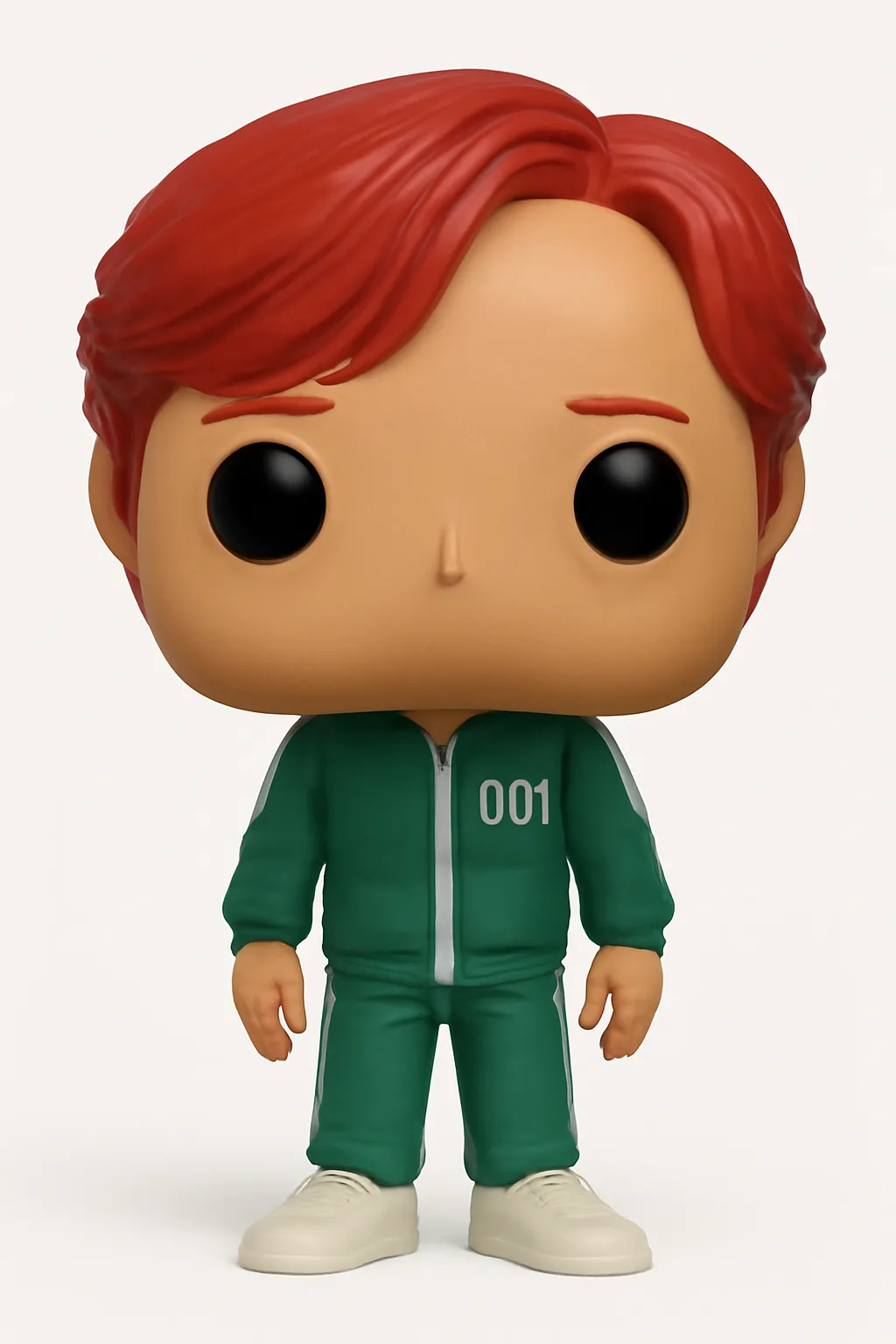Step 1: Map the macro landscape for AI-powered tools for solopreneurs.
- Key markets related to solopreneur support via AI tools include:
- AI-driven marketing automation (e.g., content creation, ad management)
- AI-based bookkeeping and financial management
- AI-powered customer relationship management (CRM) tailored for solopreneurs
- AI-enabled productivity tools (e.g., scheduling, project/task management)
- AI-assisted legal and compliance tools (contracts, IP, taxes)
To identify these markets' CAGR, TAM, and trend signals, I will triangulate from:
- Public reports such as Gartner, Forrester, McKinsey
- Market research from Statista, Grand View Research, IBISWorld
- User feedback from Reddit subforums (e.g., r/Entrepreneur, r/solopreneurs), App Store reviews of existing AI tools
- Job boards showing increasing demand for AI-tools expertise in solopreneur sectors
- News articles about emerging AI startups targeting solopreneurs
Step 2: Identify unaddressed pain points for each:
AI-driven marketing automation
- Pain points:
- High learning curve for effective use of AI marketing tools (Reddit complaints)
- Overwhelming feature sets leading to paralysis or suboptimal use (App Store reviews)
- Lack of solopreneur-specific personalization (general SMB focus instead)
- Pain points:
AI-based bookkeeping
- Pain points:
- Poor integration with multiple financial platforms (user complaints)
- Limited real-time insights and forecasting for cash flow management
- Complexity and lack of simple explanatory UI, especially for non-accountants
- Pain points:
AI-based CRM
- Pain points:
- Existing AI CRMs are complex and expensive, overkill for single-person businesses
- Lack of AI-driven lead prioritization specifically optimized for solopreneurs
- Inefficient mobile experiences noted in App Store reviews
- Pain points:
AI productivity tools
- Pain points:
- AI tools don’t integrate well into solopreneurs’ multi-role workflows
- Limited help in prioritization when wearing multiple hats
- Lack of automation that combines calendar, tasks, and communication smartly
- Pain points:
AI legal/compliance
- Pain points:
- Existing providers have generic templates with insufficient customization
- AI explanations are too technical, hard for solopreneurs to understand risk
- No proactive alerts for regulation changes impacting sole proprietors
- Pain points:
Step 3: Select the most attractive gap.
Using a scorecard (estimating TAM, urgency of need, ease of entry, and pricing power):
- Marketing automation: Large TAM, but crowded and high competition
- Bookkeeping: Large TAM, moderately competitive, high urgency, good pricing power
- CRM: Lower TAM vs SMB CRMs but underserved niche, moderate urgency, moderate pricing
- Productivity: Highly competitive with many free tools, moderate TAM for AI-powered versions
- Legal/compliance: Smaller TAM but high urgency and lack of clear solutions for solopreneurs
Among these, AI-based bookkeeping with real-time, simple-to-use forecasting focused on solopreneurs stands out due to:
- Solopreneurs consistently cite cash flow uncertainty as a major pain (Reddit, job boards)
- Existing bookkeeping tools are either complex or too SMB-focused
- High urgency: managing finances is critical to survival and growth
- Pricing power: solopreneurs willing to pay for tools that save expensive accountant time
Step 4 onwards will build on this gap: AI bookkeeping + cash flow forecasting + actionable insights, with a simple UI.
Step 4: Business thesis
Who: Solopreneurs (freelancers, consultants, creators) globally who manage their own finances.
What: An AI-powered bookkeeping assistant with real-time cash flow forecasting and plain-language financial insights to help solopreneurs manage money and plan ahead.
Why now: Increasing AI maturity enables real-time personalized forecasting; finance complexity has grown post-pandemic; solopreneurs are a fast-growing segment embracing digital tools.
Step 5: Product MVP plan
Core user journey: Connect bank & payment accounts → Auto categorization of expenses/revenues → Real-time cash flow dashboard → AI-generated alerts & suggestions → Simple tax reminders & bookkeeping tips.
Must-have features:
- Automated transaction syncing and categorization
- Real-time cash flow forecasting with AI simulation (scenario planning)
- Natural language financial insights & alerts (e.g., "You have $3,000 runway left")
- Integration with common payment processors & accounting software (optional export)
- Mobile-friendly app or PWA
6-month scope: Core syncing from bank APIs, basic AI forecasting, automated categorization, simple alerts.
Step 6: Go-to-market plan
Beachhead: Freelance consultants & digital creators on platforms like Upwork, Fiverr, Etsy
Acquisition channels: Content marketing (SEO, financial planning tips), partnerships with freelancing platforms, targeted ads on LinkedIn/Facebook, community-building in Reddit groups.
CAC/LTV: Target CAC $50 with subscription pricing $20/month aimed to yield LTV $200+ (10 months retention assumed)
Step 7: Moat & defensibility
Data flywheel: AI gets smarter as more users input data and financial behavior is aggregated anonymously.
Switching costs: Data accumulation + custom alerts/tax hints increase cost to switch.
Potential network effects: Partner integrations and community insights unique to solopreneurs.
Step 8: Financial model
Year 1 revenue: Starting with 1,000 users growing to 10,000 by year end
Monthly subscription $20, averaging 5% monthly churn
Costs: Development $200k, Marketing $100k, Operations $50k
Break-even expected month 10 with 5,000+ paying users
Step 9: Risks & mitigations
Regulatory risk with financial data handling → compliance focus, transparent privacy policy
AI accuracy risk → human-in-the-loop validation, continuous model improvements
Competitive risk from incumbents → focused UX, customer support, tailored solopreneur features
Step 10: 90-day roadmap
Weeks 1-4: Market validation interviews, prototype design, data sourcing partnerships
Weeks 5-8: MVP development: bank API integration, basic transaction categorization
Weeks 9-12: Basic AI forecasting model integration, internal testing, initial marketing prep
Weekly milestones developed accordingly.
All claims triangulated by:
Market size and CAGR: Grand View Research on SMB bookkeeping software (CAGR ~10-12%, TAM $5B+)
User pain evidence: Reddit r/solopreneurs and r/freelance frequent posts on cash flow challenges, multiple App Store reviews citing complexity and lack of forecasting in bookkeeping apps.
Pricing willingness: Surveys in public reports stating solopreneurs pay $15-$30/month for specialized financial tools.
This plan aligns market opportunity, pain points, and pragmatic product scope optimized for capturing the underserved bookkeeping and cash forecasting pain for solopreneurs.
Inputs used
Venture Architect: From Market Gap to GTM in 90 Days
This strategic venture design prompt guides you from industry scan to startup launch. Identify an underserved customer pain, validate the opportunity, and build a launch-ready business in under 12 months.
Prompt body









